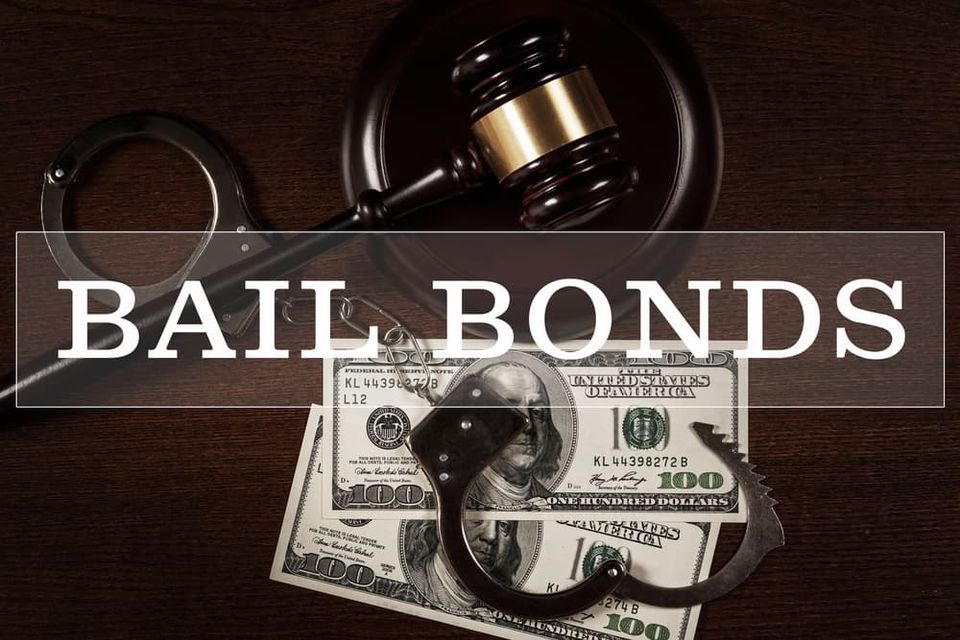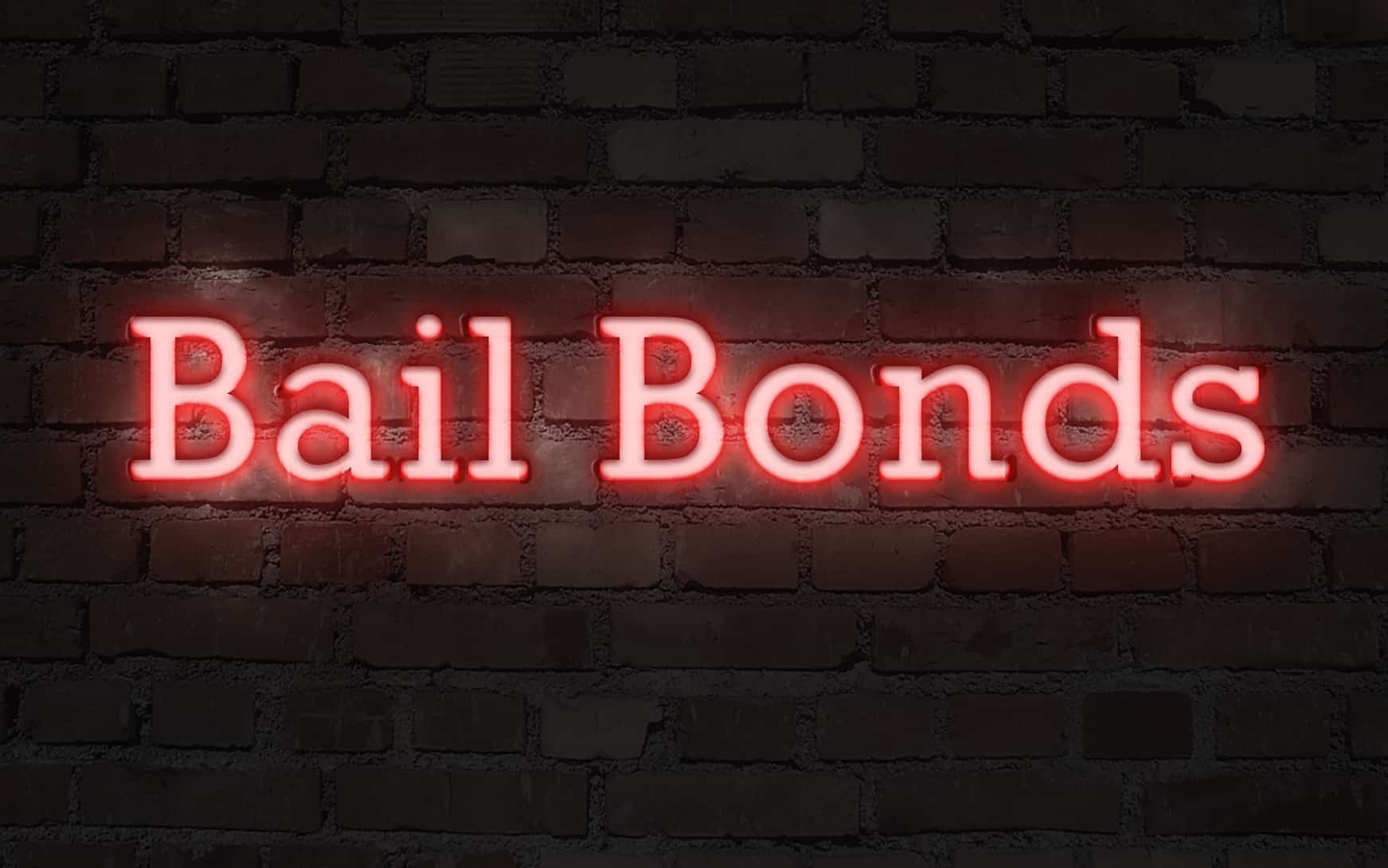Recognizing the Essentials of Bail Bonds: What You Need to Know
Browsing the intricacies of bail bonds is an important aspect of the legal system that can substantially influence the implicated's trip through court process. A bail bond offers as an economic assurance for the court, helping with temporary launch from safekeeping while awaiting test. Nonetheless, the intricacies of exactly how bail bonds operate, the numerous types readily available, and the critical considerations in choosing a trusted bail bondsmansman can be intimidating. Recognizing these aspects is important, as the effects of missteps may cause unanticipated problems that prolong much beyond the court. What are the fundamental elements that a person must understand to efficiently steer this procedure?
What Is Bail?
Bail is a monetary setup that enables a private accused of a criminal offense to be launched from safekeeping while waiting for trial. The main objective of bail is to make sure that the defendant shows up for future court process (Bail Bondsman). Generally set by a court, the bail amount varies relying on the nature of the crime, the accused's criminal background, flight risk, and other pertinent factors
When bail is given, the implicated or an agent has to pay a specified amount, which might remain in money or through a bail bond. In many cases, bail can be denied entirely, especially for significant offenses or if the suspicious poses a significant risk to public security. The principle of bail is rooted in the presumption of innocence, reinforcing the concept that people need to not be punished prior to a conviction.

Understanding Bail Bonds
A bail bond is a financial instrument that assists in the release of a charged individual from protection, serving as a guarantee for their look at future court dates. This setup enables accuseds to preserve their flexibility while awaiting trial, lowering the burdens connected with imprisonment. The bail bond process normally includes a third-party company, recognized as a bondsman, who provides the needed funds to the court on part of the implicated.
Bail bonds come in different types, including guaranty bonds, home bonds, and cash bonds, each with unique demands and ramifications. Surety bonds, the most common kind, require a superior settlement, generally a percentage of the overall bail amount, which is non-refundable. In comparison, a building bond entails using realty as collateral, while money bonds necessitate the complete bail quantity to be paid upfront.
Recognizing the nuances of bail bonds is important for defendants and their family members. It is vital to comprehend the potential economic ramifications, consisting of obligations and fees to the bail bondsmansman, in addition to the lawful duties tied to making certain court looks. Knowledge of these aspects help in making notified choices during a challenging time.
Just How Bail Bonds Work
The process of safeguarding a bail bond generally involves numerous essential steps that make certain the implicated can reclaim their freedom while awaiting test. Initially, the private or their depictive get in touches with a bail bondsman, that evaluates the instance and the linked dangers. The bail bondsman will require info regarding the charged, consisting of the charges, the bail quantity established by the court, and any pertinent individual information.
Once the bondsman consents to provide the bond, the accused or their rep needs to pay a non-refundable cost, generally a percent of the complete bail quantity. This fee makes up the bail bondsman for tackling the monetary danger of making certain the implicated appears in court. Sometimes, security may also be needed, such as residential or commercial property or useful possessions, which acts as protection for the bond.
After any type of security and the cost are prepared, the bondsman submits the essential documents to the court. Upon authorization, the bail is uploaded, and the implicated is launched from wardship. It is vital for the charged to abide by all court days and problems, as failure to do so can bring about the forfeiture of the bond and possible lawful effects.
Kinds Of Bail Bonds
Different kinds of bail bonds are readily available to fit different conditions and demands. The most common type is the surety bond, where a bondsman guarantees settlement of the complete bail total up to the court for a non-refundable charge, typically around 10% of the bail. This setup enables offenders to secure their release without paying the entire bail upfront.
Another type is the cash money bond, which calls for the accused or a co-signer to pay the full bail amount in money directly to the court - Bail Bondsman. This alternative is commonly favored for reduced bail amounts, as it guarantees the cash is returned upon the accused's look in all court procedures
Residential property bonds involve using property as security. In this situation, the court places a lien on the property, which can be forfeited if the offender fails to show up.
Finally, federal bail bonds are particularly created for federal situations, often entailing greater amounts and added intricacies. Recognizing these various bail bond kinds is important for offenders and their households in making notified decisions during a tough time.
Selecting a Bondsman
When picking a bondsman, it is crucial to think about numerous key you could look here elements that can impact the general experience and result. Review the bail bondsman's reputation by looking this website into on-line evaluations and obtaining referrals from relied on sources. A reliable bail bondsmansman will certainly have a background of professionalism and reliability and effective instances.

A lot of bail bondsmen bill a non-refundable charge, normally around 10% of the bail quantity. Openness in prices is a trademark of a credible bail bondsman.
Final Thought
In recap, comprehending the basics of bail bonds is necessary for people involved in the legal system. Bail functions as an economic assurance of court appearance, while numerous kinds of bail bonds provide to different scenarios. Recognizing the functional mechanisms of bail bonds and choosing a trustworthy bail bondsmansman can considerably influence the general experience. A complete examination of available alternatives guarantees notified decision-making, eventually helping with a smoother navigation via the intricacies of the lawful process.
The details of how bail bonds run, the various kinds available, and the important factors to consider in selecting a respectable bail bondsman can be intimidating. The bail bond procedure typically includes a third-party company, recognized as a bond bondsman, who provides the needed funds to the court on behalf of the charged.
The most usual type is the surety bond, where a bail bondsman assurances payment of the full bail quantity to the court in exchange for a non-refundable fee, usually around 10% of the bail. Bail serves as a monetary assurance of court appearance, while different kinds of bail bonds provide to various Full Article situations. Recognizing the functional mechanisms of bail bonds and selecting a trusted bail bondsman can substantially affect the general experience.